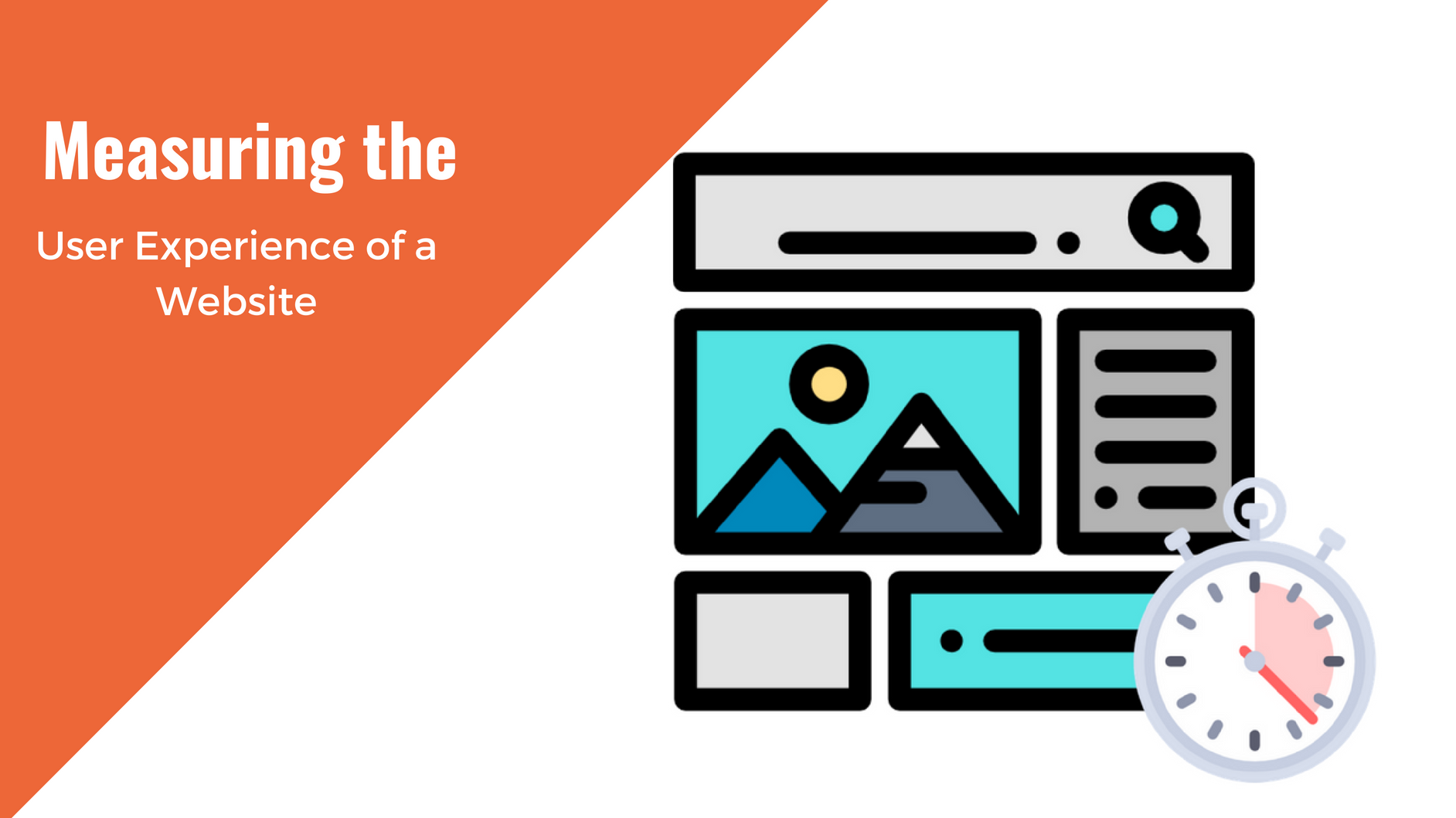Thomas Bertram (T. Bert) Lance famously said, “If it ain’t broke, don’t fix it.” Unfortunately, T. Bert Lance couldn’t foresee the future. He didn’t know that over 94% of Americans would be on the internet by 2024. If your website doesn’t receive periodic updates or isn’t accessible, users can become bored or frustrated and look elsewhere for what they need.
Below are five reasons to update your website in 2024.
1. Your Website Design Isn’t Responsive
A responsive design adapts to the device it is being viewed on, ensuring that content is displayed correctly on all screen sizes. With the number of mobile users increasing significantly, having a responsive design is crucial. According to the Digital 2024 Global Overview Report, “The number of unique mobile phone users sits at 5.61 billion at the start of 2024. The latest data from GSMA Intelligence reveals that 69.4 percent of the world’s total population now uses a mobile device, with the global total up by 138 million (+2.5 percent) since early 2023.”

2. Your Website Isn’t Secure
An up-to-date website is a secure website. The total cost of cybercrime is projected to rise to $10.5 trillion USD by 2025, according to Cybersecurity Ventures. If cybercrime were measured as a country, it would be the world’s third-largest economy after the U.S. and China.
So, what is cybercrime? Cybercrime is “a broad term that covers damage or destruction of data, theft of money or personal financial data, embezzlement, fraud, business disruption and reputational harm.” Major cyberattacks in 2023, including one on the U.S. State Department, highlight the importance of robust security measures.
Cybercrime impacts everyone—organizations of all sizes and types. Periodic updates to your website are of the utmost importance to ensure that the best protections available are in place as cybercrime, and in response, cybersecurity, continue to develop.
3. Your Website Isn’t Accessible
Web accessibility ensures that all users, including those with disabilities, can access your website. The U.S. Department of Justice (DOJ) maintains that web accessibility is covered under Title III of the ADA. Courts often refer to the Web Content Accessibility Guidelines (WCAG) as a benchmark for accessibility, even though these guidelines are not officially codified by the DOJ.

Serving all members of the community is a moral obligation and also makes good business sense. People with disabilities have over $200 billion in discretionary spending and can influence the spending of their family and friends.
4. Faster loading speeds
Quick loading speeds are essential. The average webpage takes 2.5 seconds to load. Bounce rates increase by 32% if a page takes 3 seconds or longer to load. Google considers page speed as a top 20 ranking factor in search engine results. A 1-second page load has the highest conversion rate (40%).
Factors impacting page speed include web design, hosting service, and the type and weight of page elements. Page speed also varies by the device used, so reviewing these factors is crucial when updating your website.
5. New features have been released
Adding new features to your website such as donation platforms, volunteer sign-up forms, interactive elements, and chatbots is essential for staying relevant in the digital landscape. E-commerce features enable you to sell products and services directly from your site, opening new revenue streams and providing a convenient shopping experience for your customers. According to Network for Good, nonprofits with online donation platforms can see up to a 40% increase in funds raised.
Chatbots are another valuable feature that can greatly enhance user experience. They provide instant customer support, answer frequently asked questions, and guide users through their information gathering journey, all without the need for human intervention. According to a report by Gartner, chatbots will handle 85% of customer service interactions by 2024. This not only reduces operational costs but also ensures that customers receive timely assistance, leading to higher satisfaction and retention rates. Incorporating such features not only improves the functionality and interactivity of your website but also demonstrates that your business is forward-thinking and responsive to the needs of its audience.
Even the most successful websites may need some improvements.
Even the most successful websites need regular improvements. Keeping your website fresh and up-to-date ensures users keep coming back. Fast loading speeds, responsive design, and robust security enhance user experience, improve SEO rankings, and boost conversion rates. By optimizing your site’s performance, you can reach a wider audience and achieve better engagement.
If you need help improving your website or have any questions, reach out to AmDee today. We’re always happy to schedule a no-cost introduction to help you determine what is right for your organization and its clients.
This blog was updated on June 17, 2024.
You May Also Like

Having a website is an absolute necessity for any business. Gone are the days when you could simply update your website once and forget about it for months on end. In today’s ever-changing digital landscape it is important to constantly track and measure how well your website performs, as well…
read more >
The average American now spends over half of their day staring at a screen. A recent Nielsen report reveals that adults in the United States spend over 12 hours a day on digital devices. This includes time spent using apps, browsing the web on smartphones, streaming services, and using desktop…
read more >
